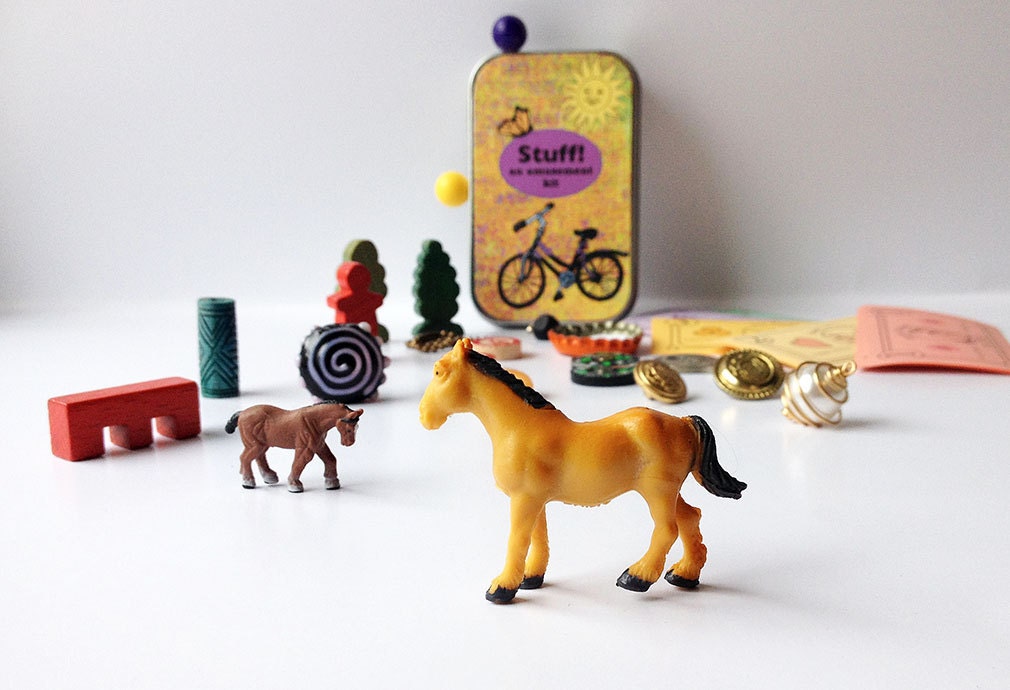 |
| St. Andrew, sans golf clubs |
"Hey, today is St. Andrew's Day," I say to hubby. "He's the patron saint of . . . "
"Golf?" hubby interjects.
I ponder this for a while, trying to think of a famous golfer named Andrew. I'm stumped.
"Why do you say that?" I ask.
"Because of St. Andrew's, the famous golf course in Scotland."
"Oh!" I say. "Well, he's the patron saint of Scotland."
Then I decided to do a little search on the saint, to see if anyone else has dubbed him the patron of golfers, and, well, yes. He is considered to be the patron saint of fisherman, evangelists, Scotland, Russia, and golfers. (Russia has a few other
patron saints.)
He is the patron of fishermen because he was a fisherman, and was fishing with his brother, Peter (aka Simon), when Jesus called them both to follow him, saying "I will make you fishers of men."
Andrew and Peter were also present when St. John the Baptist proclaimed Jesus the Messiah, and then the two of them followed Jesus to the place where he was staying at the time, but this was Andrew's idea, so that apparently made him the patron of evangelists. (They weren't stalkers, btw; Jesus invited them. Of course there are a few variations on this, and I'm no biblical scholar, so I'm referring to
this source, and the first chapter of John, verses 40–42, in my mother's Revised Standard edition).
 |
| The Scottish flag, featuring the St. Andrew's cross, or saltire |
And Scotland? Because some 300 years after he was crucified by the Romans on an X-shaped cross in Patras, Greece (because he did not feel he was worthy to be crucified on the same sort of cross as Jesus), part of his remains were taken by St. Rule (you look that guy up, I have a narrative to finish here) from St. Andrew's tomb in Constantinople because St. Rule "was told in a vision to take the bones to the 'ends of the earth' for safe keeping." So, naturally, he took them to Scotland, to a settlement that later came to be called St. Andrews. (From
Scottish History Online.)
The X-shaped St. Andrew's cross is also called the saltire, a word with a curious
etymology of its own, and which forms the blue-and-white
Scottish flag and is also incorporated into the UK's Union Jack.
Now, of course, the town of St. Andrew, Scotland, is best known for its famous and beautiful golf courses, seven in all, to date. The playing of
golf in Scotland dates back to sometime in the 15th century, and the
Old Course at St. Andrews was established in 1552.











































